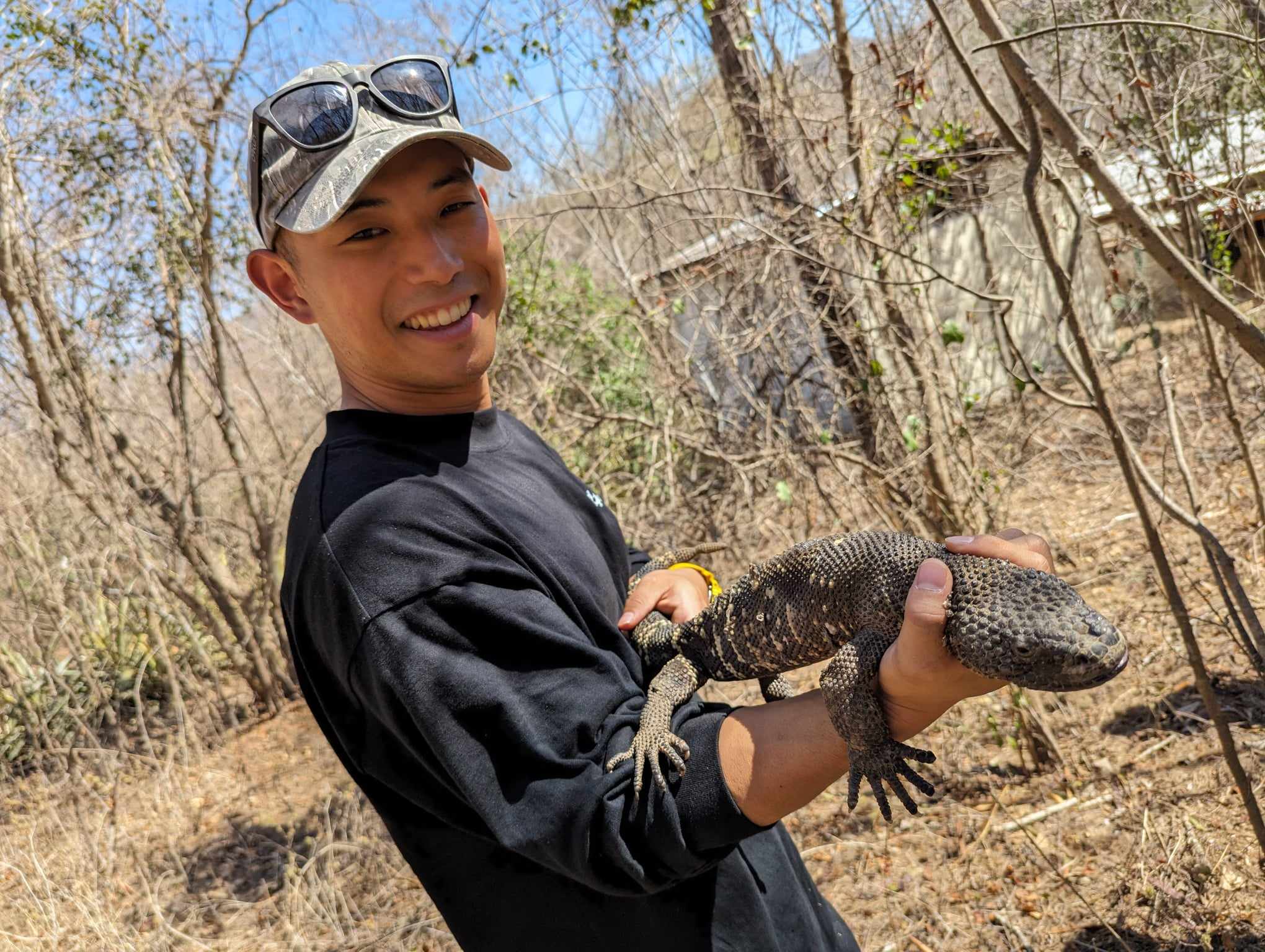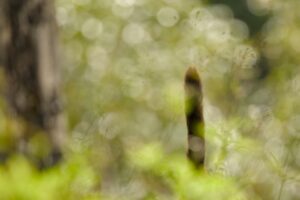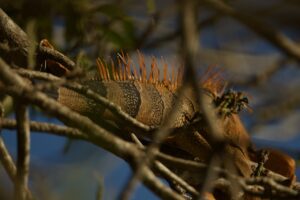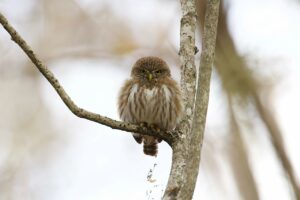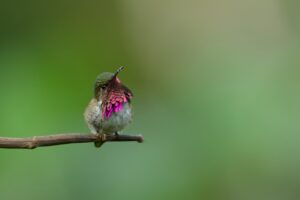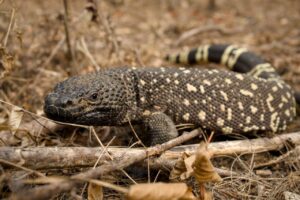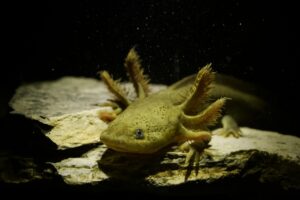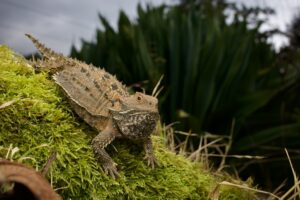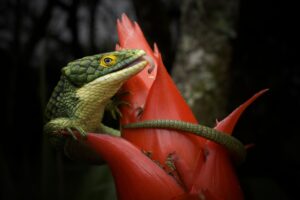
The Anderson’s crocodile newt (Echinotriton andersoni), also known as the Okinawa newt, is a remarkable amphibian native to the Ryukyu Islands of Japan. This species, often referred to as a “living fossil,” has maintained its primitive appearance for millions of years. Herpers interested in Okinawa herping or Japan herping will find this species particularly fascinating due to its unique characteristics and critical conservation status.
Classification and Distribution
The Anderson’s crocodile newt belongs to the family Salamandridae. It can be found in the evergreen broadleaf forests and grasslands of Okinawa Island, Amami Oshima, Tokunoshima, Sesoko Island, and Tokashiki Island. There are also historical records of its presence in Taiwan, though these are likely erroneous or represent an extinct population.
Physical Description
This newt is the largest member of the Salamandridae family in Japan, measuring between 14 and 21 cm in length. Its body is predominantly black or dark brown, with distinctive orange coloring on the undersides of its limbs and tail. The Anderson’s crocodile newt’s rib structure extends to the skin, forming bumps that give it a rugged, armored appearance. When threatened, it can flare its ribs to deter predators.
Diet and Predation
The adult Anderson’s crocodile newt primarily feeds on earthworms, spiders, beetles, woodlice, and slugs. Unfortunately, this species faces predation from invasive species such as the Javan mongoose. Additionally, its eggs have been found in the stomach contents of the snake Cyclophiops semicarinatus, highlighting another natural threat.
Reproduction
The breeding season for Anderson’s crocodile newts spans from November to May. Females lay individual eggs under leaf litter near ponds or puddles. These eggs hatch after rainfall, and the larvae then make their way to water bodies. After two to three months, the larvae undergo metamorphosis and move onto land.
Conservation Status
The Anderson’s crocodile newt is listed as Vulnerable (VU) on the IUCN Red List and by the Japanese Ministry of the Environment. Its habitat is increasingly threatened by human activities, making conservation efforts crucial. Small populations on islands like Tokashiki and in southern Okinawa are particularly at risk. Conservationists are actively working on ex-situ breeding programs to support the species’ survival.
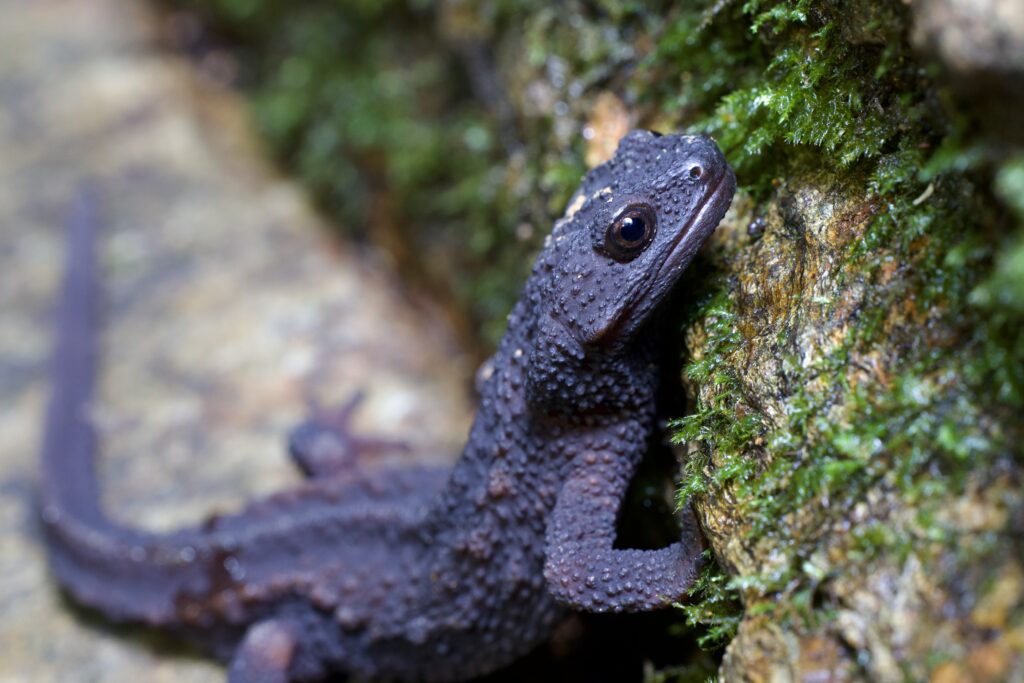
Conclusion
For enthusiasts of Okinawa herping and Japan herping, the Anderson’s crocodile newt represents both a fascinating subject of study and a critical conservation priority. Its unique evolutionary history and the urgent need for its protection make it a symbol of Japan’s rich and vulnerable biodiversity.

